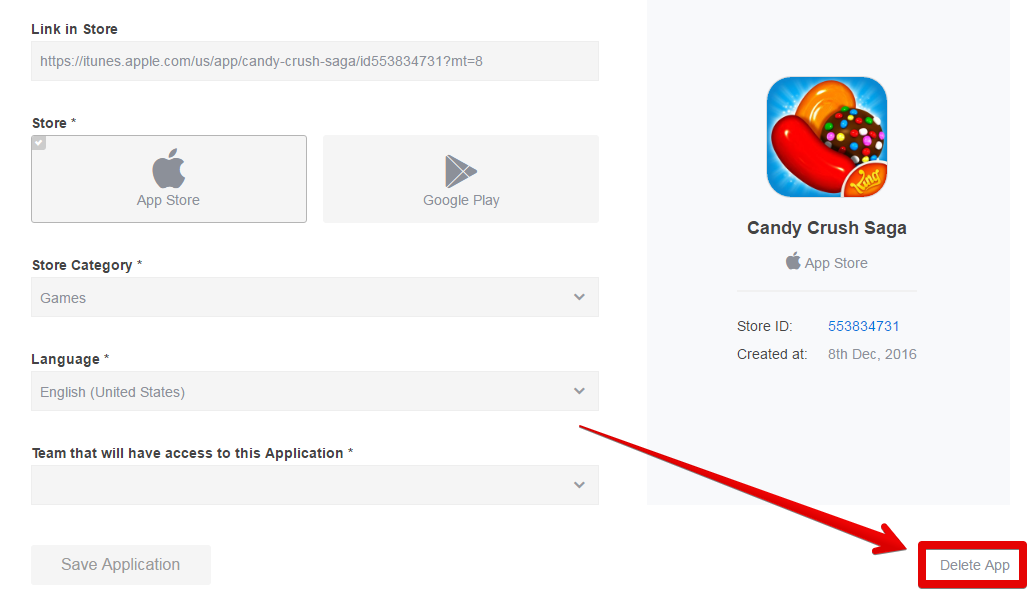SplitMetrics is different from other solutions in many ways, here are a few of them:
Setting up a test is easy:
You can set up a campaign on Facebook or Google AdWords. The traffic should be sent to the landing page URL provided by SplitMetrics. Check out our Guide to setting up a campaign on Facebook to find out more. We recommend to have at least 100 conversions per variation. When you set up a campaign try to play around with your target audience and location.
For a more detailed view read our step-by-step guide.

Please keep in mind the following limitations:
Please make sure that your FB ad banner meets the requirements and hasn’t too much text on it. You can use Image Text Check to make sure your ad will fully reach the targeted audience.